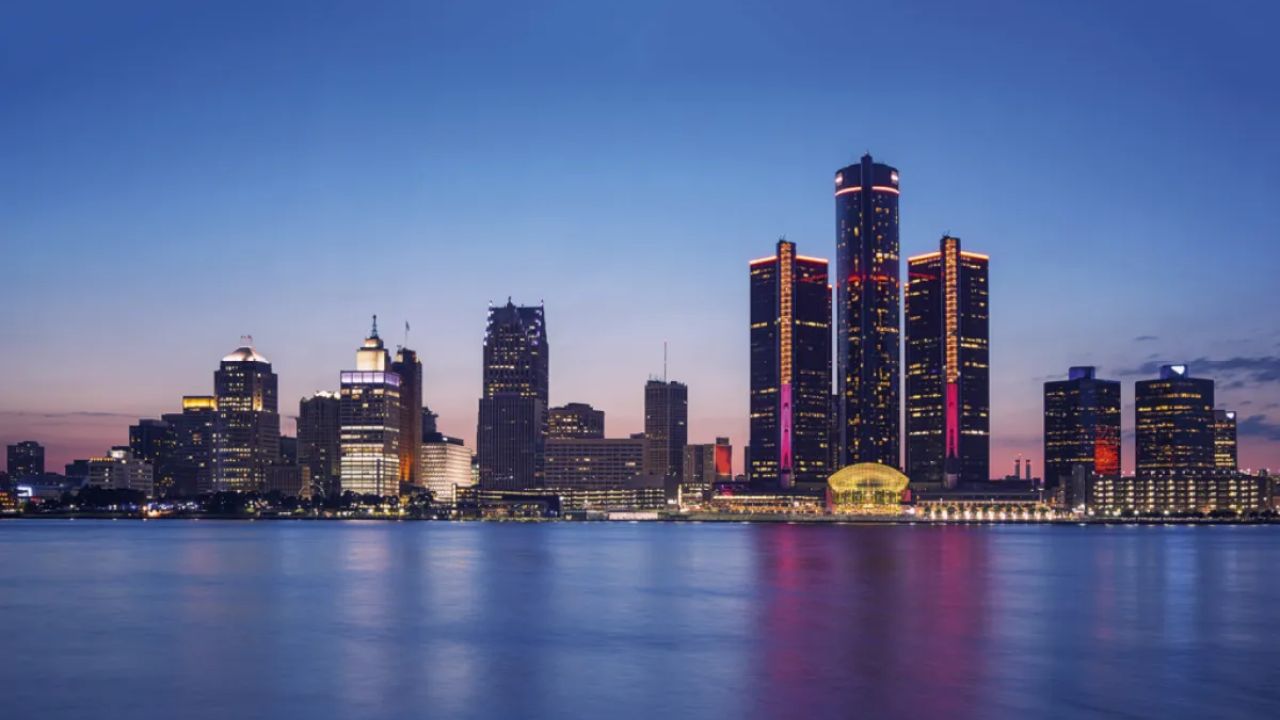Substance misuse presents a significant and widespread concern impacting millions of Americans annually, with potential consequences including health complications, addiction, overdoses, and even fatalities.
While this issue is pervasive across the nation, certain cities exhibit higher rates of drug consumption than others. In this article, we explore which city in Michigan has been identified as the highest in drug consumption within the state, based on a recent study conducted by the American Addiction Centers.
The Study
The American Addiction Centers conducted a comprehensive study encompassing 51 metropolitan areas across the United States. This analysis relied on city-specific data provided by the Centers for Disease Control and Prevention (CDC). The study assessed each city’s substance abuse prevalence, considering the percentage of the population that has experimented with particular drugs at least once in their lifetime.
The research examined four primary categories of drugs: marijuana, cocaine, heroin, and methamphetamine. Additionally, the study introduced a weighted ranking system that considered the frequency of drug usage and the severity of the substance, resulting in an overall assessment of drug use in various U.S. cities.
The Results
As per the study’s findings, Omaha, Nebraska ranked as the most afflicted city in the United States concerning drug use, followed closely by Wichita, Tulsa, Oklahoma City, and Mesa. Conversely, Miami, Florida emerged as the city with the lowest drug use rate nationwide, with Washington D.C. and Atlanta, Georgia also reporting minimal drug consumption.
Turning our focus to Michigan, the study encompassed four key cities: Detroit, Grand Rapids, Lansing, and Ann Arbor. Among these cities, Detroit stood out as the highest in drug consumption within the state, achieving a weighted ranking of 19.4 out of 100. Nationally, Detroit ranked 11th in terms of overall drug use, marked by elevated rates of marijuana (64.8%), cocaine (18.9%), heroin (3.2%), and methamphetamine (5.5%) use.
Following closely, Grand Rapids earned the distinction of being Michigan’s second-highest drug-consuming city, with a weighted ranking of 16.8 out of 100. In the broader national context, Grand Rapids secured the 17th position for overall drug use, featuring notably high rates of marijuana (63.4%), cocaine (16.7%), heroin (2.9%), and methamphetamine (4.6%) consumption.
Lansing ranked as the third-highest drug-consuming city in Michigan, achieving a weighted ranking of 15.9 out of 100. Nationally, it secured the 21st position for overall drug use, characterized by elevated rates of marijuana (61.7%), cocaine (15.7%), heroin (2.7%), and methamphetamine (4%) use.
Conversely, Ann Arbor emerged as Michigan’s lowest in drug consumption, with a weighted ranking of 14 out of 100. On a national scale, Ann Arbor secured the 28th position for overall drug use, with higher rates of marijuana (59%), cocaine (14%), heroin (2.4%), and methamphetamine (3%) use.
In Conclusion
The issue of drug abuse casts a nationwide shadow, affecting individuals from all walks of life. Nonetheless, certain cities exhibit more pronounced rates of drug consumption, pointing to an increased demand for preventative measures and treatment services. Within Michigan, Detroit emerged as the city with the highest drug consumption, closely followed by Grand Rapids, Lansing, and Ann Arbor.
These cities should proactively address this challenge to mitigate drug abuse and extend support to those grappling with addiction. By doing so, they can foster improved health and well-being within their communities and among their residents.

